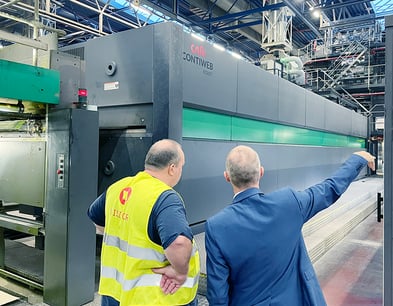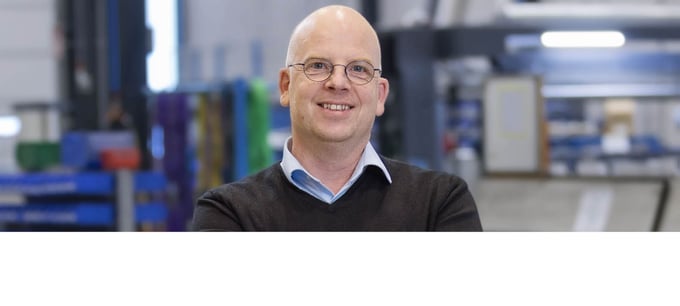Defining spare parts stock takes specific knowledge
In our last blog we gave five tips for determining the optimal stock of spare parts. Nevertheless, this is a difficult and time-consuming task for many customers. Parts that have failed in the past are easy to identify but what about parts that have not (yet) broken? How realistic is the indicated expected lifetime of a part? How do I determine whether a component is critical? It is high time to look further into this!
Customers try to anticipate (unexpected) downtime of their machines. In many cases this is done by stocking wear parts and also the parts that have caused downtime in the past. This is a good start in reducing the risk of downtime, but in a machine, there are hundreds or even thousands of parts. What is the probability that the same part causes downtime again? Stocking a part that has broken down before only reduces the risk of long unexpected downtime partially.
Experiences from the past offer no guarantees for the future
The different parts in the machine all have a different lifespan. Some parts can break after 1 or 2 years, other parts can easily last for 15 or 20 years. As a press line is purchased for a long period of time, there is a chance that these last-mentioned parts also break once during the life of the machine. It is therefore important not only to stock parts based on experiences from the past, but also to look at the components that have never been failed but could possibly break in the (short) term.
Lifetime depends on application
Manufacturers often indicate an expected lifetime of a part. However, this lifetime is not always achieved because the application, environment and location have a large influence on the life of the part. You can imagine that the same type of part that is in a dryer (and therefore subject to high temperatures and temperature changes) has a shorter lifespan than the same type of part that is in a splicer that is exposed to normal temperatures.
What parts are critical?
In addition, it is not always easy to determine whether a component is critical for a machine. Of course, most printers have technical knowledge and can assess a certain amount of the parts themselves but is not evident for all components. Often this knowledge is gathered over the years based on defects that occur while you want to respond proactively to these defects.
Finding out information about the expected lifetime and the critical function of the parts themselves is a huge time-consuming task without the necessary knowledge and know-how. Add to this the fact that the manufacturers often have no insight into how their products last in specific circumstances, knowledge that can only be gained from a user experience.
Specific knowledge
Contiweb has 40 years of experience in building and maintaining machines. Many of the machines that are still running today were built 20 or 30 years ago. To be able to make a good estimation of the expected lifetime per component, Contiweb uses their experience together with data from the diagnosis systems and a consumption analysis of spare parts to determine an accurate average life.
Contiweb can use this valuable data to create a customer-specific Uptime Kit that not only covers the risk of already known defects but also the risk of defects that have not occurred before.
Click here if you would like to read more about Contiweb Uptime Kits.




